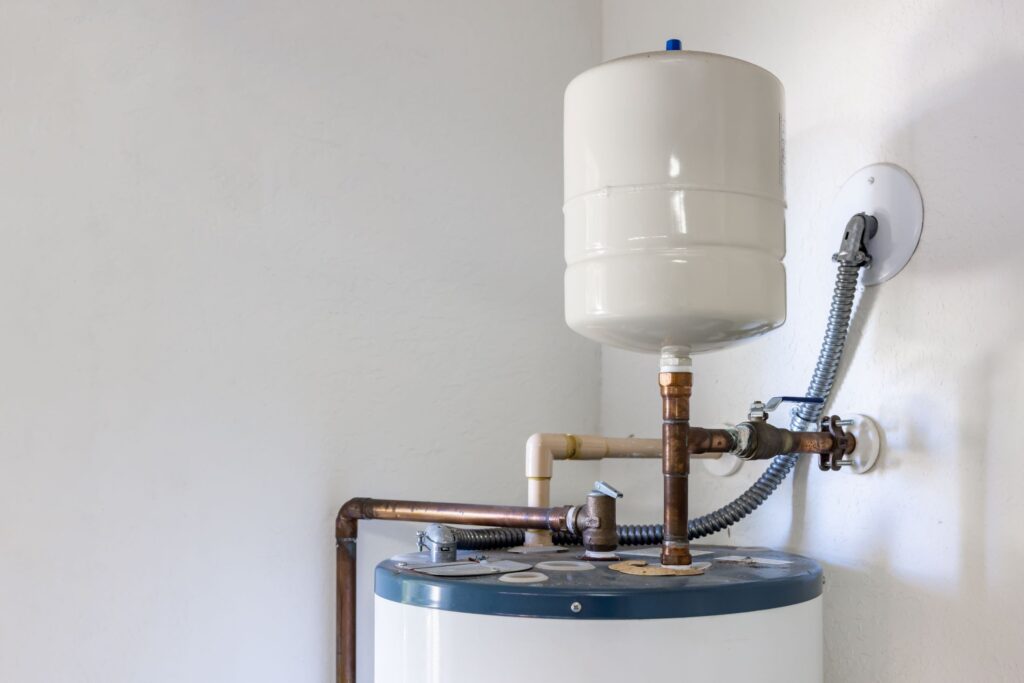Essential Care Techniques for Your Home's Hot Water SystemProfessional Tips on Maintaining Your Home's Hot Water System
Essential Care Techniques for Your Home's Hot Water SystemProfessional Tips on Maintaining Your Home's Hot Water System
Blog Article
Presented here further down you'll find lots of excellent insight pertaining to Tips on Maintaining a Water Heater.

Hot water is crucial for everyday comfort, whether it's for a revitalizing shower or cleaning dishes. To guarantee your hot water system runs efficiently and lasts longer, normal maintenance is crucial. This post supplies sensible tips and insights on how to maintain your home's warm water system to avoid disruptions and expensive repair services.
Introduction
Preserving your home's hot water system may seem challenging, but with a few easy steps, you can ensure it operates efficiently for many years to come. This guide covers everything from comprehending your warm water system to DIY maintenance tips and knowing when to hire professional help.
Significance of Maintaining Your Hot Water System
Regular maintenance not only extends the lifespan of your warm water system yet also guarantees it runs efficiently. Ignoring maintenance can cause reduced effectiveness, greater energy expenses, and also premature failing of the system.
Indicators Your Warm Water System Demands Maintenance
Knowing when your warm water system needs attention can protect against significant concerns. Watch out for indications such as inconsistent water temperature, odd sounds from the heating unit, or rusty water.
Recognizing Your Warm Water System
Before diving into upkeep tasks, it's useful to understand the standard parts of your hot water system. Normally, this includes the water heater itself, pipelines, anode poles, and temperature controls.
Monthly Upkeep Tasks
Routine monthly checks can aid catch minor issues prior to they escalate.
Purging the Water Heater
Purging your hot water heater eliminates debris build-up, enhancing efficiency and lengthening its life.
Monitoring and Replacing Anode Rods
Anode poles stop corrosion inside the container. Checking and replacing them when broken is important.
Evaluating and Readjusting Temperature Level Setups
Adjusting the temperature level settings makes certain ideal performance and security.
DIY Tips for Upkeep
You can carry out numerous maintenance jobs yourself to maintain your hot water system in leading condition.
Checking for Leakages
Routinely check pipelines and connections for leaks, as these can cause water damages and higher bills.
Checking Stress Relief Valves
Examining the stress relief valve guarantees it works appropriately and protects against excessive pressure build-up.
Insulating Pipelines
Protecting warm water pipelines decreases warmth loss and can save power.
When to Call an Expert
While do it yourself maintenance is helpful, some concerns need expert proficiency.
Complex Problems Requiring Specialist Help
Examples consist of significant leaks, electric problems, or if your hot water heater is consistently underperforming.
Regular Professional Upkeep Benefits
Expert maintenance can include thorough evaluations, tune-ups, and making certain compliance with safety and security standards.
Conclusion
Normal maintenance of your home's hot water system is essential for effectiveness, longevity, and price savings. By adhering to these tips and understanding when to look for professional assistance, you can make certain a reliable supply of hot water without unanticipated disruptions.
Water Heater Maintenance Tips
Test the TPR Valve
Shut off the power and the cold-water supply valve. Place a bucket under the pipe connected to the temperature-pressure-release (TPR) valve on the top or side of the tank. (This valve opens if the tank pressure gets too high.) Lift the valve’s tab to let some water out, then let go. If water keeps flowing, drain the tank partway, unscrew the old valve with a pipe wrench, and install a new one. Check the Anode Rod
Put a hose to the tank’s drain cock and let out a few gallons of water. Now fit a 1 1/16-inch socket onto the rod’s hex head on top of the heater (or under its top plate) and unscrew the rod. If it’s less than ½ inch thick or coated with calcium, buy a new one, wrap its threads with Teflon tape, put it back in the tank, and tighten securely. Use this segmented rod if headroom above the tank is limited. Drain the Tank and Wash Out Sediment
Drain the remaining water in the tank into the bucket, then stir up the sediment on the tank’s bottom by briefly opening the cold-water supply valve. Drain and repeat until clean water comes out of the hose. Close the drain cock, refill the tank, and turn its power back on. Adjust the Temperature
Find the temperature dial on the side of the tank and unscrew its cover. Adjust the dial to 120 degrees using a flathead screwdriver. For every 10 degrees the temperature is lowered, you can expect to save up to 5 percent in energy costs. Turn the water heater off or the thermostat down to its lowest setting if you plan to be away from home for more than three days. Insulate the Pipes
Buy some self-sticking 3/8-inch-thick foam pipe insulation that matches the pipes’ diameter. Slide the foam over the hot-and cold-water pipes as far as you can reach. Insulating the cold-water pipe prevents condensation in summer. Peel the tape and squeeze the insulation closed. If the pipe is 6 inches or less from the flue, cover it with 1-inch-thick unfaced fiberglass pipe wrap. https://www.thisoldhouse.com/plumbing/21016402/how-to-maintain-a-water-heater

As a passionate person who reads about How to Maintain Your Water Heater & Prolong its Life, I was thinking sharing that piece of writing was beneficial. Are you aware of someone else who is interested in the subject? Be sure promote it. Thank you for your time. Kindly pay a visit to our blog back soon.
Book An Estimate Now Report this page